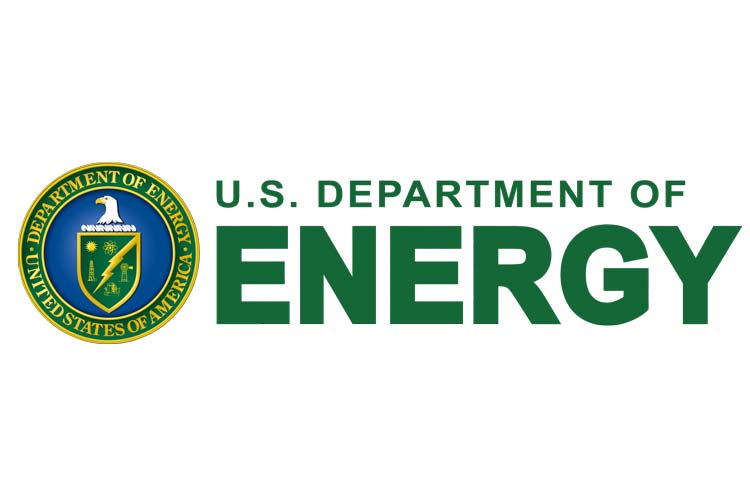Quarterly DOE Report for Member Newsletter

Though there has been uncertainty around Department of Energy projects, and many projects are still under review, GMIC’s DOE project, Advanced Electric Melting to Decarbonize Commercial Glass, continues to move forward. The project began in October, 2024 and work is well underway. As part of our commitment to the industry, we will provide research updates through the newsletter, and there will be a special DOE track at the Glass Problems Conference, Oct. 6-9 in Toledo, OH.
This purpose of the project is to advance the transformational technology necessary to bring large energy efficiency gains to the glass manufacturing industry. The objective is to demonstrate melting processes which improve the technical viability of electric melting for all segments of large volume, commercial glass production. This will provide the glass industry diversity of energy sources to be used by this heavy industry and the means to reduce scope-1 greenhouse gas emissions by 85+%. Wider adoption of electric melting requires overcoming technical hurdles which have prevented adoption in container, flat, and pharmaceutical sectors: i) production stability of dark colored glasses, ii) simultaneously achieving high throughput rate and high quality of clear glass, and iii) extending furnace life and total cost of ownership.
To understand the limiting factors of melting dark glasses in electric melters, amber glass melts were tested using the High Temperature Melt Observation-Cold-Top system. In Q1 of the project, an amber batch using 30% amber cullet was compared to a clear flint batch using 30% flint cullet to demonstrate the dark glass’ effect on melt rate. This confirmed the underlying assumption that amber formulas have a great propensity to foam during the early stages of cold-top electric melting – one of the technical challenges to address in this project. In Q2, amber and flint formulas using 70% and higher cullet were tested to understand how the higher the cullet percentage has on the melt rate impact.
High cullet usage (such as 70% of the batch formula) is of interest to glass manufacturers because it results in lower emissions, lower energy usage, and greater use of recycled materials. This result suggests that the cullet percent could help the melting rate of cullet. However, increasing the cullet level to 70% cullet does not drastically improve the melting rate of the raw materials compared to the 30% cullet flint base condition.
One of the hypotheses for why the amber glass melts foam is that the mixture of redox of the batch components causes a release of entrapped sulfur. To test this hypothesis, three batches made entirely of cullet were tested in the HTMOS Cold-Top: 100% Flint, 100% Amber, and a 50/50 Amber-Flint cullet mixture.
When removing the crucible from the HTMOS-Cold-Top furnace, a substantial foam layer at the glass/raw material interface was observed. This confirms the hypothesis that the interaction between oxidized material and sulfur-containing reduced material will create an sulfate foam layer that resists heating. This foam layer generated during the heating process pushes the raw batch up away from the heat source (molten glass from below) and results in a slower heating rate.
Computational Fluid Dynamic (CFD) Modeling:
Modeling has become a critical tool over the last few decades in designing melting processes and understanding what’s happening inside the “black box” of a glass furnace. Within this project, TECO’s furnace engineering expertise is being leveraged together with CelSian’s code for CFD, called GTM-X. Models have been built of the lab cold-top setup with experimental validation of the models currently underway.
Two thermocouple surveys on flint glass have been performed and one survey on amber glass has been performed utilizing the new adjustable thermocouple stand. CFD (Computational Fluid Dynamics) modeling results were then compared to the thermocouple survey data to assess how well the CFD models match the internal glass temperatures from the surveys.
Since first assessing the CFD results against the thermocouple surveys, CFD modeling work has been focused on running parametric cases to achieve a better match to the flint thermocouple surveys. Improvements have been realized below the melt surface; however, more work needs to be done to also achieve a good match near the glass surface.
The Q3 project report will appear in the next GMIC member newsletter.
 JOIN GMIC
JOIN GMIC